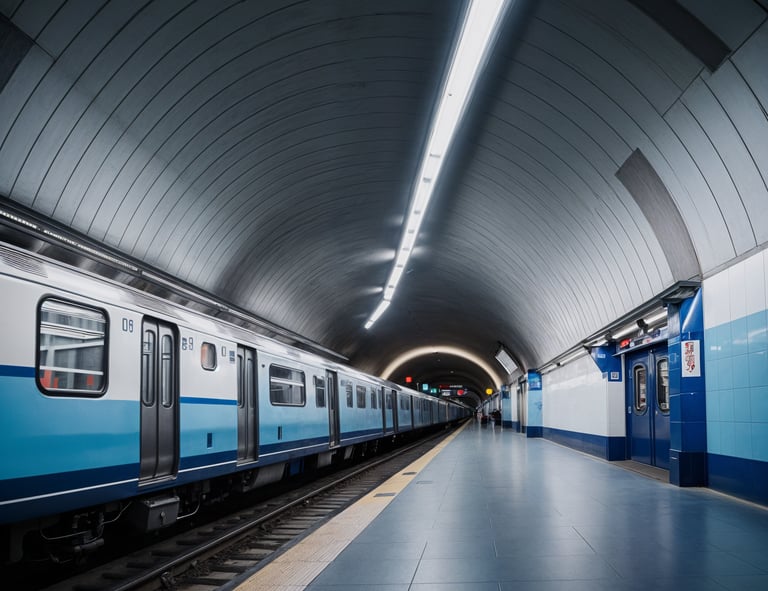High Capacity Signalling new technology testing through Metro Tunnel Project
Source: Big Build, State Government of Victoria, Australia
6/19/20241 min read


The Metro Tunnel Project in Melbourne is integrating next-generation technology to enable more frequent rail services by 2025. The tunnel will utilize new High Capacity Signalling (HCS) technology, exclusively for the new High Capacity Metro Trains (HCMTs) running through it, while a mix of HCS and conventional signalling will be used along the Cranbourne, Pakenham, and Sunbury lines. A comprehensive testing program is being undertaken to ensure the seamless integration of these systems, including Victorian-first platform screen doors.
Initial testing from 2020 to 2021 involved fitting two X’Trapolis test trains with HCS and installing new trackside equipment like cabling systems and train radio masts. This testing, conducted on a 4.5km section of the Mernda Line and later on the Cranbourne, Pakenham, and Sunbury lines, aimed to verify that the new technology was compatible with the existing signalling system. In 2022, further tests were conducted on the Cranbourne/Pakenham Line, where the new HCMTs were put through numerous scenarios to ensure the compatibility of HCS with the existing systems.
In early 2023, real-world condition testing took place on weekends and overnight between Flinders Street and Westall stations, later extending to South Kensington and Tottenham stations. This phase tested precise platform stopping, the transition between signalling systems, speed control, and safe train distances. From the second half of 2023 to early 2024, rigorous testing commenced within the Metro Tunnel, including low-speed and high-speed tests, synchronization of train and platform screen doors, and validation of all electronic systems at the stations.

